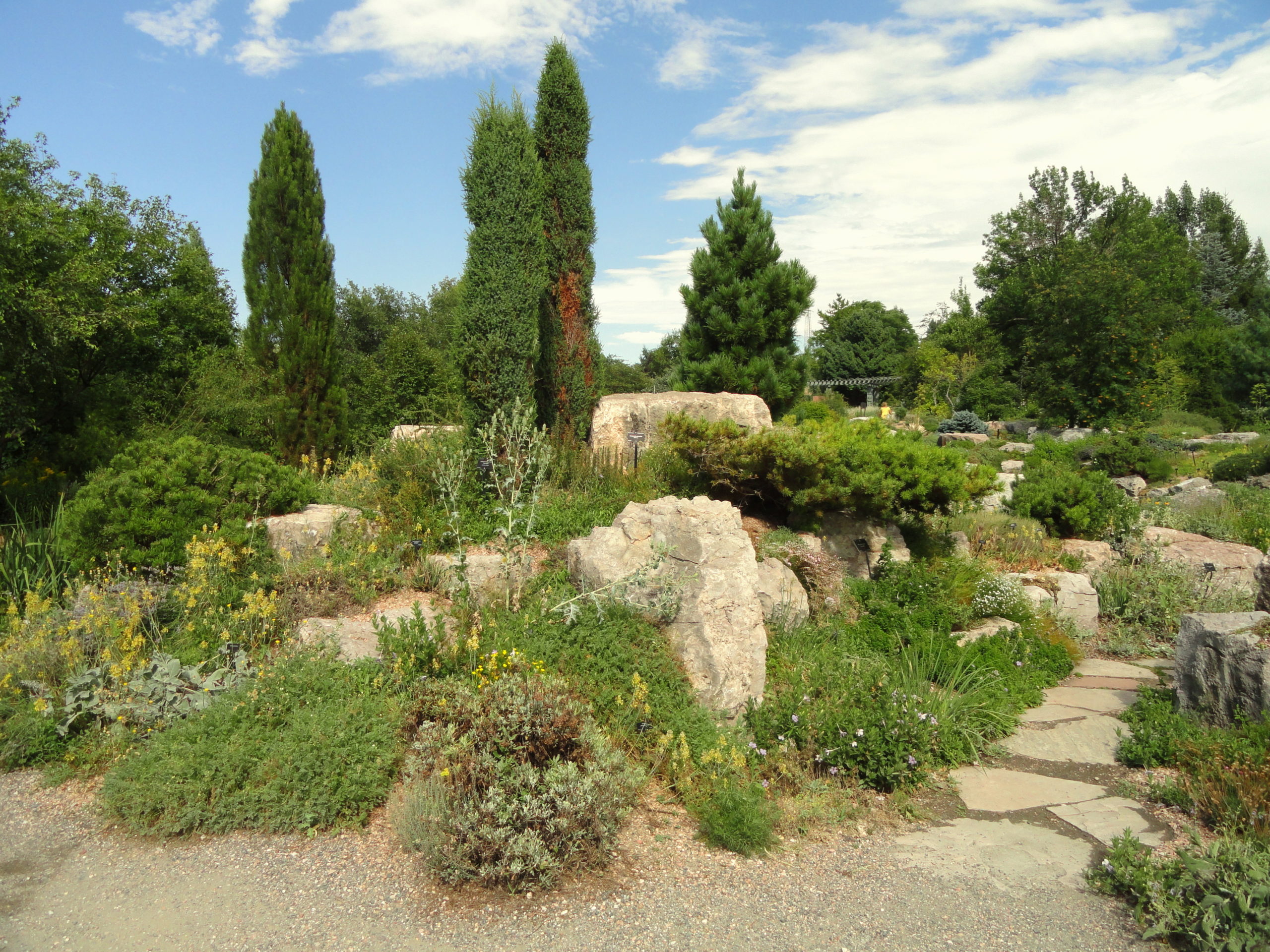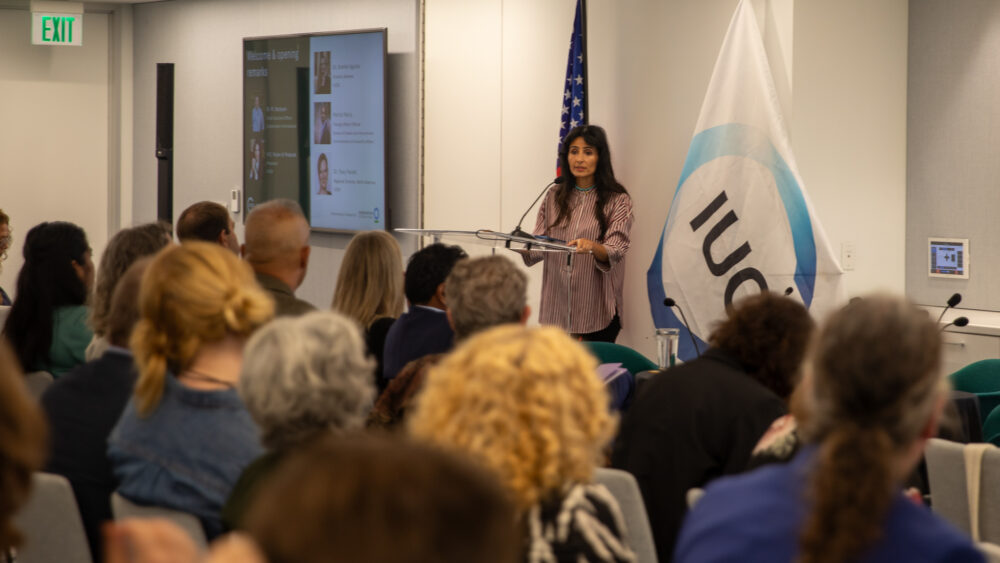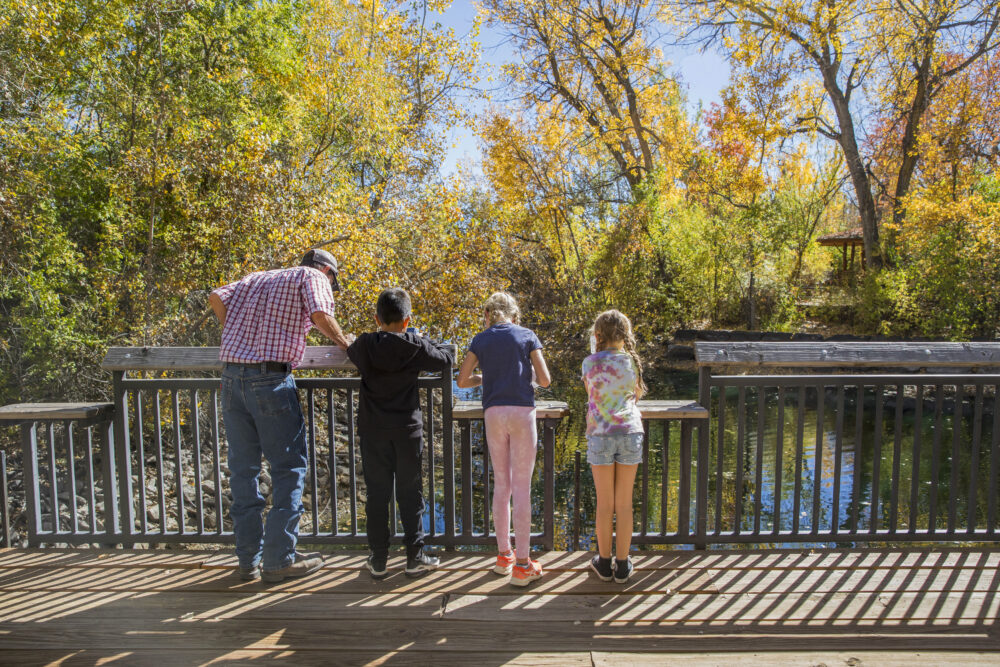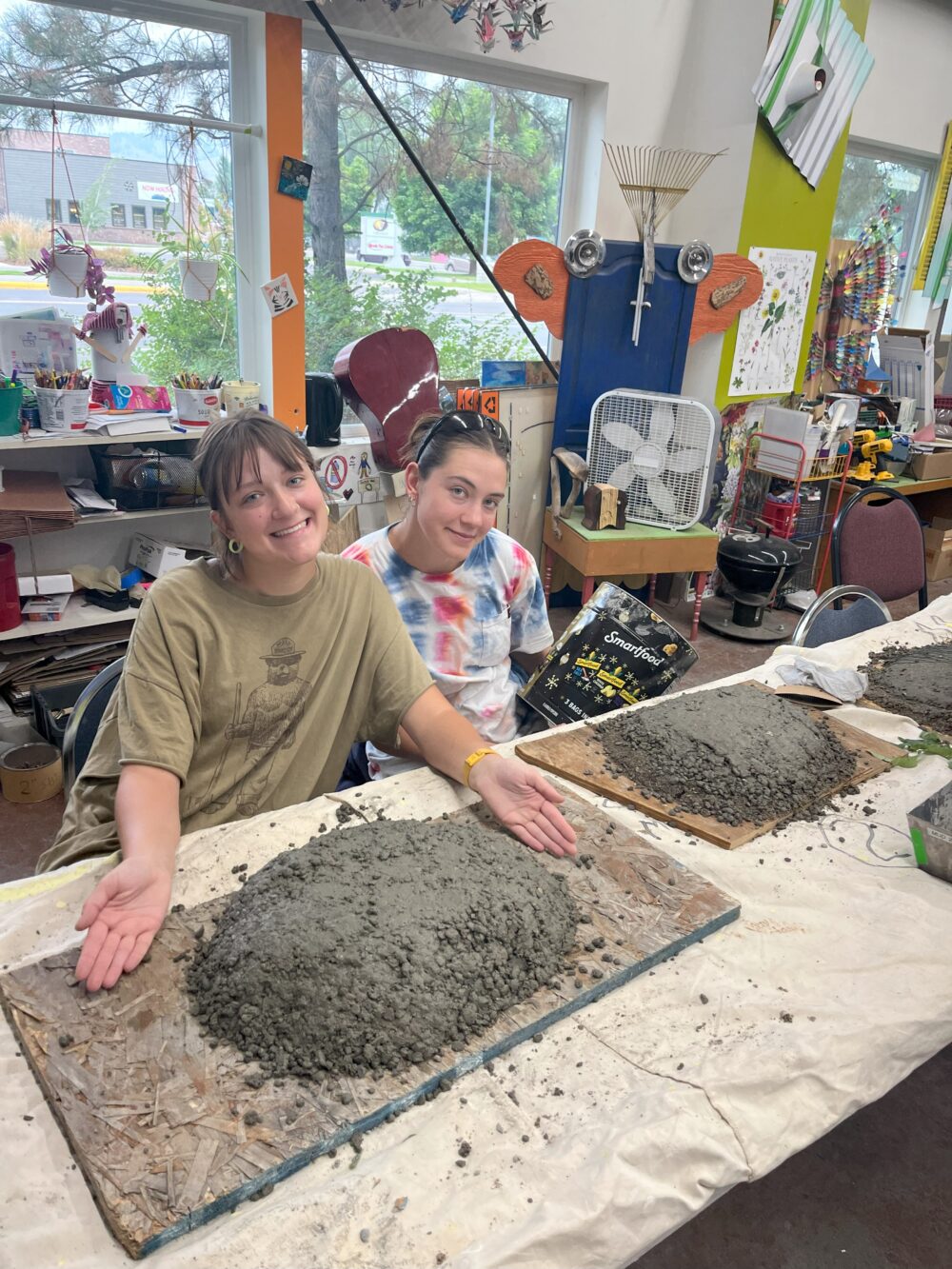We have much more to do and your continued support is needed now more than ever.
‘Nearby Nature’ is a Human Right

Cities are increasingly acknowledging the need to incorporate nature and green space into their urban planning while balancing new development. This increases livability for city residents, in addition to benefiting wildlife. Let’s take a closer look at how leaders are implementing this in Denver, Colorado—one of the nation’s fastest growing cities.
In December, the National Wildlife Federation hosted a panel at Mayor Hancock’s 2019 Sustainable Denver Summit where we uncovered a few key takeaways that may redefine how we look at Denver’s growth and livability.
Denver’s livability is a concern for many as the city faces substantial growth. In January of this year, The Denver Post ran a series of articles that described how development has been eating away at Denver’s iconic green space, allowing the “city within a park” to become a grim concrete metropolis. The benefits of nature have become inaccessible to many, and it’s become a true issue of inequality for those that don’t have access to these benefits. This affects health, well-being, storm water runoff, economic values, extreme temperatures, and many other issues that impact Denver’s livability. So, what are actionable solutions we as individuals, organizations, businesses, and city leaders can enact to address and combat the concrete metropolis before it’s too late?
Support the Locals
The City and County of Denver includes 260 parks and 6,000 acres. However, Denver’s park system was based on a European model that resulted in the planting of non-native grasses on 3,000 acres of our current parks. While these parks appear lush and welcoming, it takes an incredible amount of work to keep these spaces looking like the European or Eastern lawns that people expect. Denver is a prairie ecosystem that needs plants adapted to local conditions if we’re going to reduce the amount of maintenance, water, and cost of our parks.
Native prairie plants not only encourage and attract more wildlife species, but their root systems often run much deeper than non-native plants, absorbing water and runoff while enhancing green space that can reduce the heat island effect that plagues the city.

We can do this in our parks, in our golf courses (outside the fairway and greens!), and in our backyards, but that’s just the beginning. Denver technically calls the land between the sidewalk and street a ‘tree lawn’. How about we transform that into a ‘habitat haven’? The city and residents can collaborate to not only plant more trees in these spaces, but also incorporate more native foliage to let storm water sink in, provide shade, and enhance habitat for pollinators that help our vegetables. And why stop at the tree lawns or parks when we can also incorporate native habitat gardens at our schools, child care centers, or businesses?
The city of Denver has already enacted some big initiatives working towards these efforts. Spearheaded by the Department of Parks and Recreation, in partnership with Denver Water, Denver Public Schools, Denver Botanic Gardens and the Colorado Wildlife Federation, the city of Denver is more than halfway towards a city-wide Community Wildlife Habitat certification through the National Wildlife Federation’s Garden for Wildlife program. This coalition of partners will collectively engage and work with residents, businesses, schools and other stakeholders to beautify and enhance the places where Denverites spend most of their time
Be a Good Neighbor
According to a NRDC report, consumers are willing to pay 8-12 percent more in areas with attractive landscaping, tree cover, or green streets—demonstrating just some of the economic benefits of nature for businesses.
Some of the most popular bars or restaurants in the city are those that bring trees, shade, flowers, and greenery into their space, tucking ‘nearby nature’ into the urban setting. These small steps can make a big difference in providing even more access to nature in everyday spaces so you don’t have to leave the city to see green.
Sudhir Kudva, a local business owner who manages several bars in Denver’s most popular neighborhoods, shared an idea for more businesses to reap the rewards nature has to offer. He suggested that businesses work with registered neighborhood organizations to enact and implement an elevated environmental standard in Good Neighbor Agreements.

Storm water runoff and flooding continue to plague the city and its residents. So what can businesses do to help? Sudhir recommends implementing an innovative approach to Good Neighbor Agreements that require a percentage of business lots be permeable space that can absorb and redirect our surplus of water during storms. In addition, Good Neighbor Agreements can require businesses to incorporate native habitat gardens on their property that need less water, require less maintenance and directly benefits the aesthetic of their community, bringing a piece of nature to anyone who visits.
If we include nature in our business strategies and work with registered neighborhood associations to engage community members in this effort, we’re going to see less water runoff and flooding, increased profits for businesses, and a more livable city.
Nature is a Human Right
People depend on the benefits of nature, whether we realize it or not, and we need to ensure all residents have access to nature on a daily basis as a basic right. Improved physical and mental health, reduced violence, better test scores, lower rates of ADHD, reduced flooding, and lower temperatures are benefits linked to nature that all people and parts of the city deserve. Having nature as part of the city is a solution to many of the problems we face, and may just save us from the concrete metropolis.





















